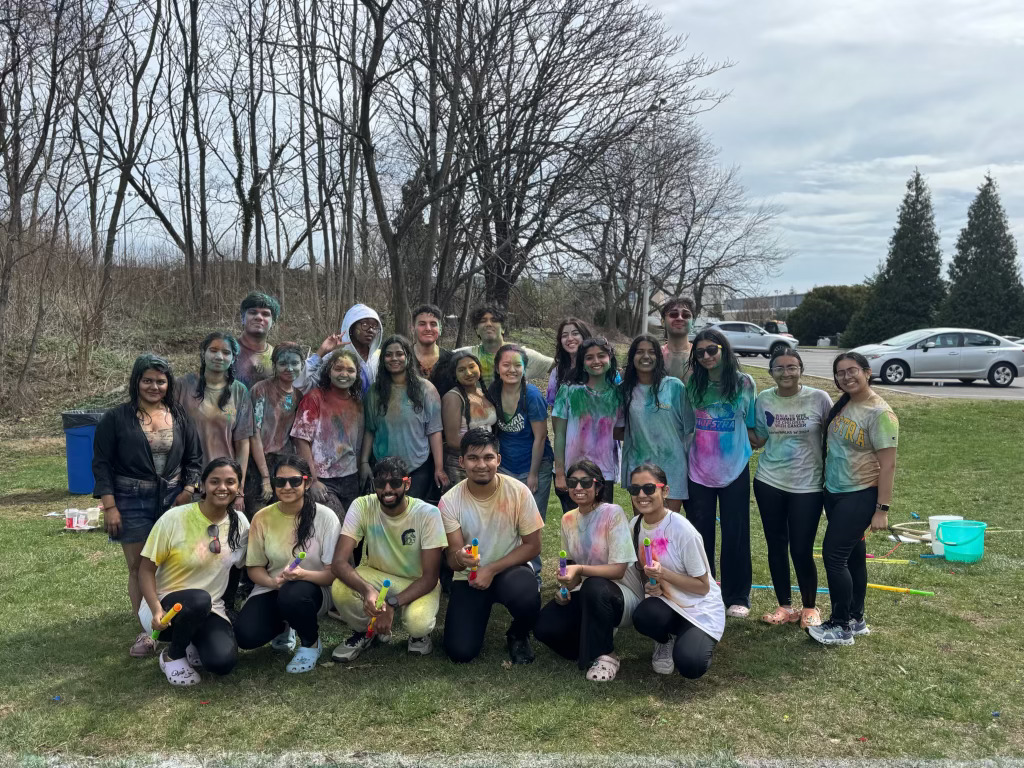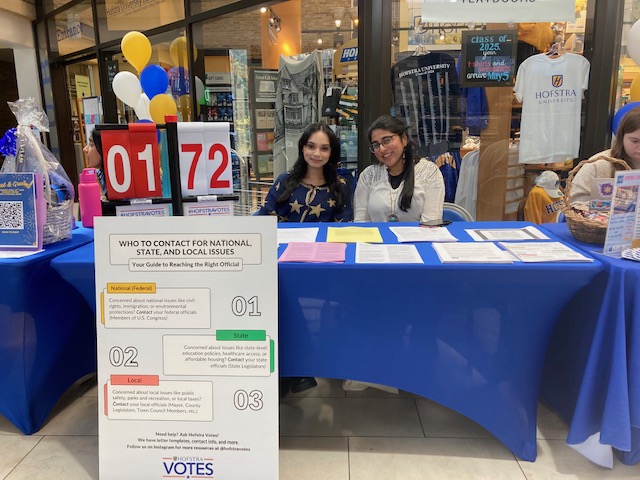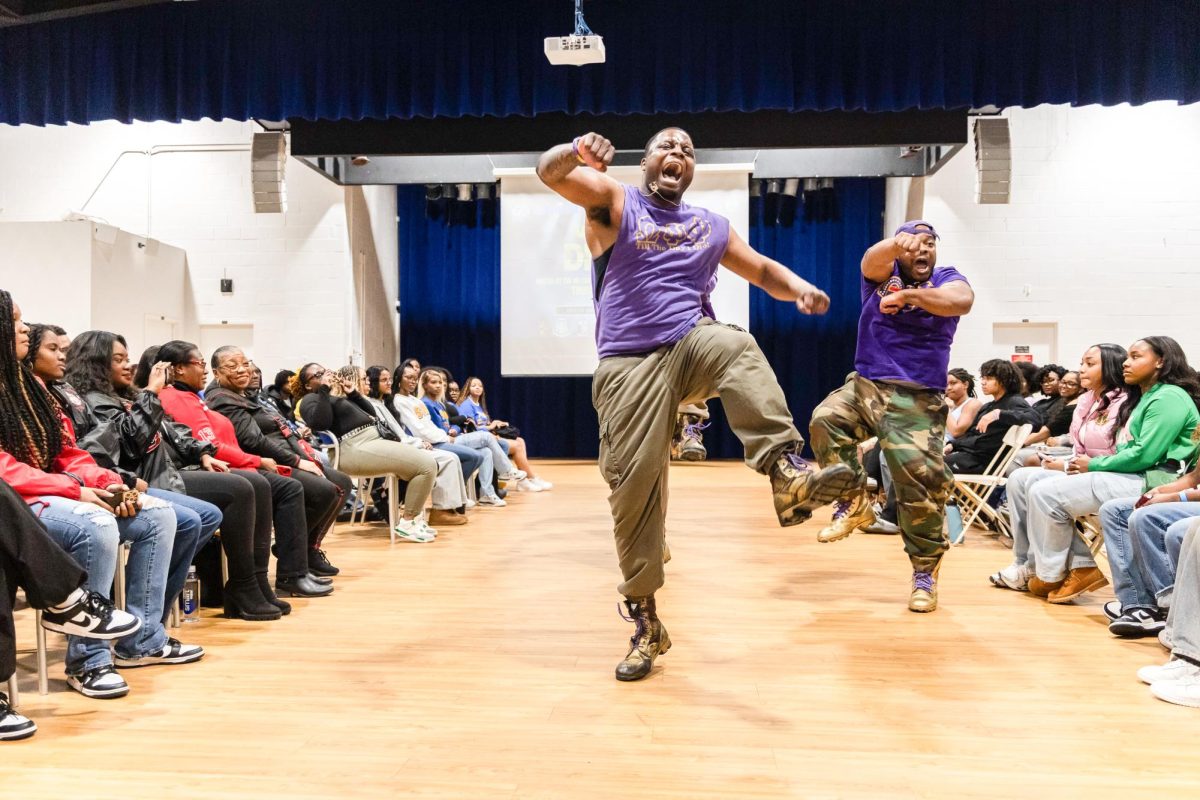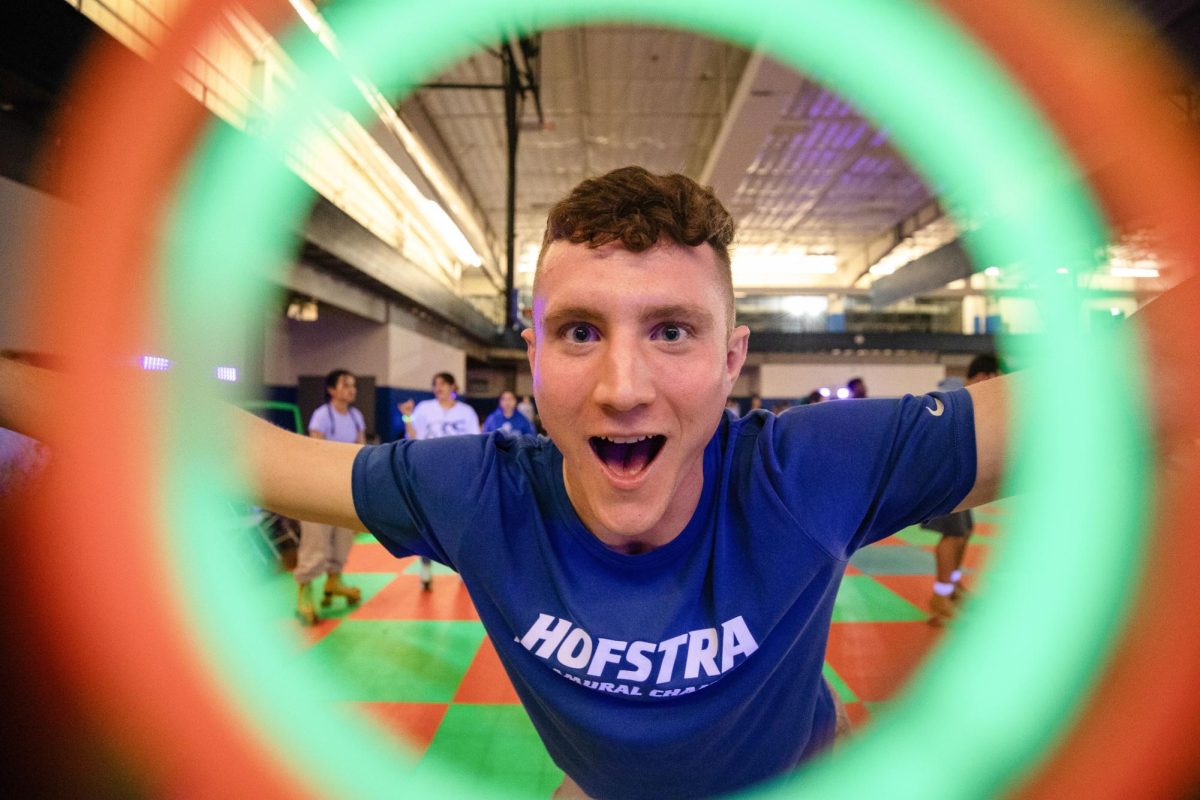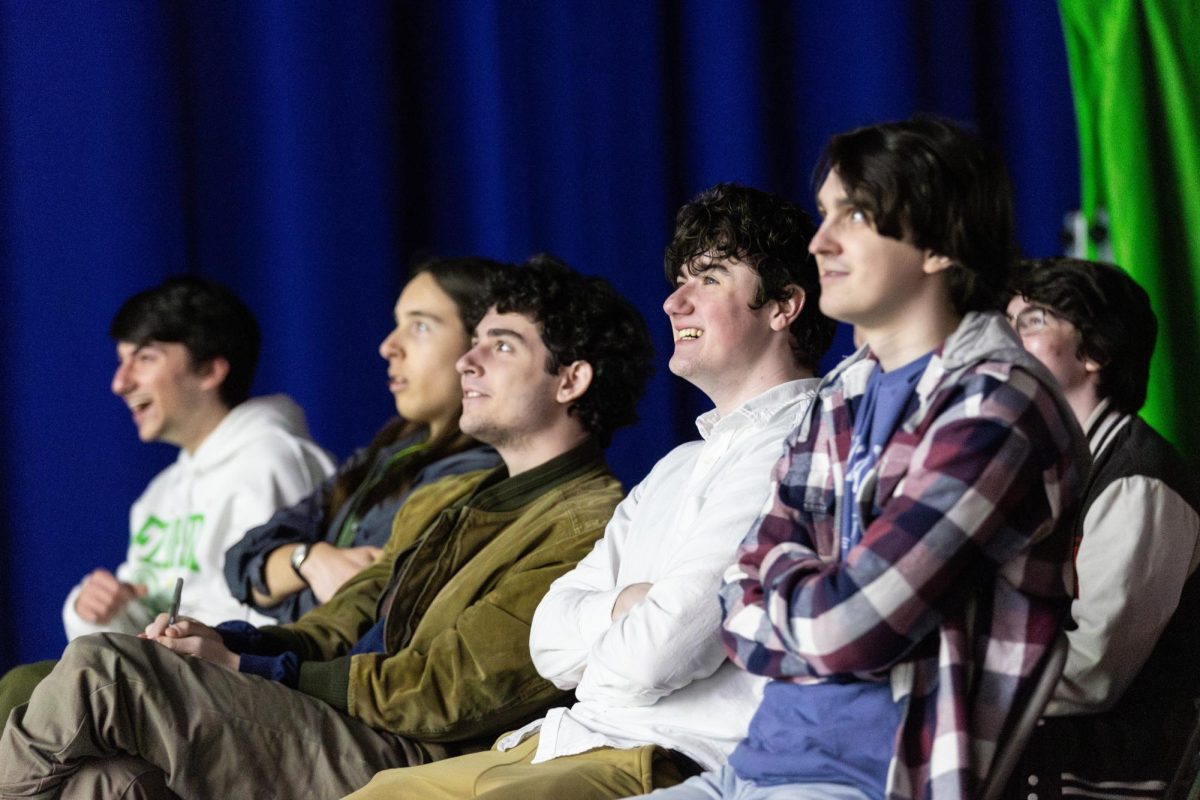The ongoing development of a machine-learning walker capable of directing Parkinson’s disease patients on their posture was presented as by Dr. Ziqian (Cecilia) Dong, an associate professor at the department of electrical and computer engineering at New York Institute of Technology (NYIT) on Wednesday, Oct. 12 in the Student Center Theater.
Dong presented the development – which is her joint interdisciplinary undergraduate and graduate project – as a commemoration of Ada Lovelace Day. The international event, named after the world’s first computer programmer, is held annually at Hofstra and celebrates women in the sciences.
“I personally thought it was really interesting to see a woman talk about engineering and math and the sciences; that’s a predominantly male field,” Gabriella Johns, a sophomore journalism major said. “And I thought it was really interesting to see how uplifting and empowering [that] there are woman in sciences and how they were saying women are intimidated to go into these certain fields because they’re predominantly male,”
The professor’s talk began with a brief description of the symptoms of Parkinson’s Disease and the main cause of patient falls associated with episodes called freezing of gait.
“Freezing of gait will be a symptom where I try to walk but I can’t. I intent to walk but I just can’t,” Dong said. “Oftentimes when they experience FOG, freezing of gait episodes, they tend to fall because you lose your center of gravity. The risk of falling is very, very critical because many will fracture their bones because when you’re older your bone density is much less than when you’re younger.”
Dong’s working project helps prevent these falls. Using haptic cues, signals via touch, the walker can alert patients when their posture increases the risks of FOG instances.
Esther Matini, a junior computer science major said, “I mean I’ve never researched about Parkinson’s Disease so this was the first time I’ve ever had a lecture about it and I thought she really did it in a very nice and articulate way, so I really liked it.”
The walker is still in development and still faces significant challenges such as indoor mapping and patient navigation. Indoor mapping presents challenges due to its complexity relative to outdoors street mapping. Currently the walker is only set to move in a preset route, meaning patient navigation with the walker is a distant goal.
Still, the team helmed by Dong has made significant improvements, such as a wireless device that stops the walker once the patient is out of reach. Other features in development include an emergency signal that alerts paramedics in case of a fall and an emergency stop button for patients to pause the walker in its course.
The project has wide-reaching applications and utilizes an interdisciplinary approach to collaborative work. Diverse fields of scientific work spanning physical therapy and mechanical engineering contribute their own unique assets to patient-walker interaction.
On the tradition of Ada Lovelace Day, Elizabeth Scott, an adjunct professor in the Health Sciences Department said, “What it does is help women, especially, recognize that there are women involved in science and this is something that they can do. Studies show that when women look at men doing something they don’t always say they can do that … It’s helpful for women to see women doing the things they perceive that they would like to do. And so Ada Lovelace Day allows us to hold up people in the sciences, women in the sciences, so that young people and others can be inspired to do scientific work.”




